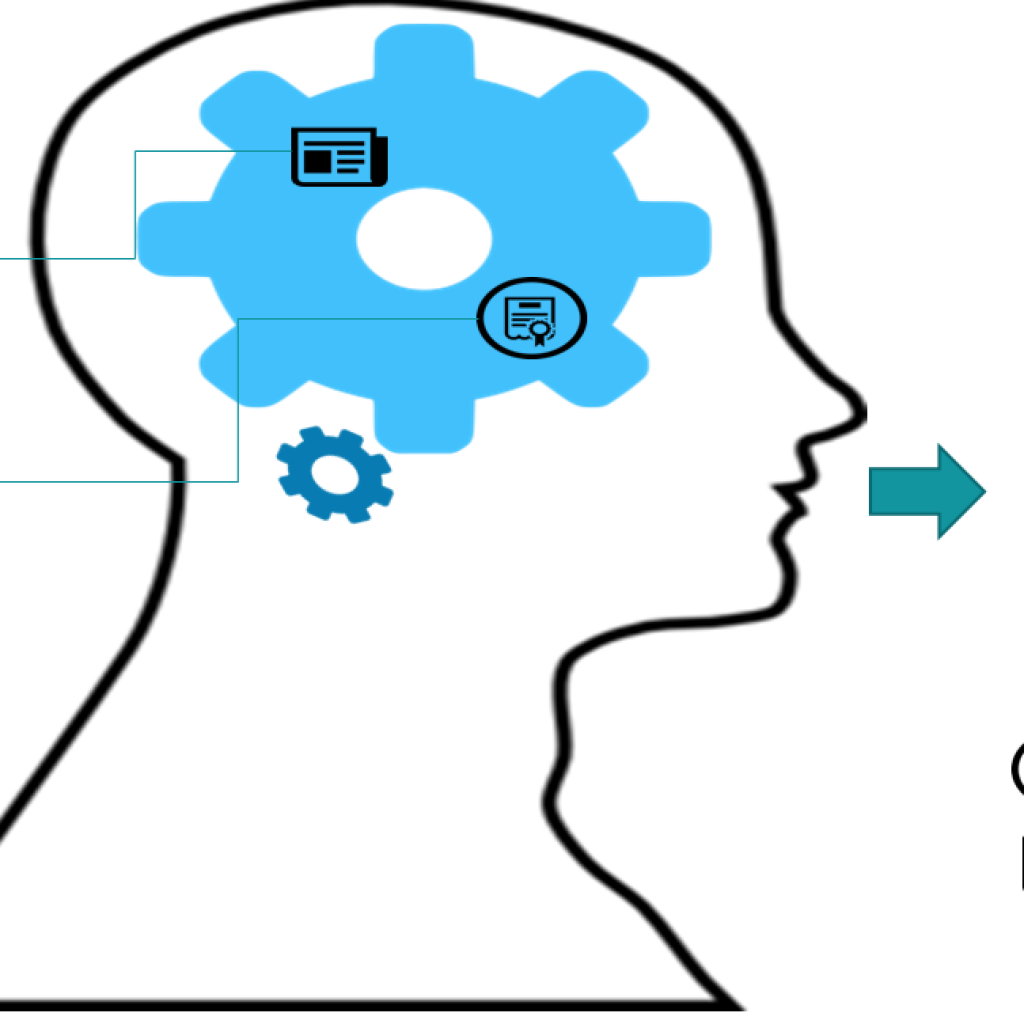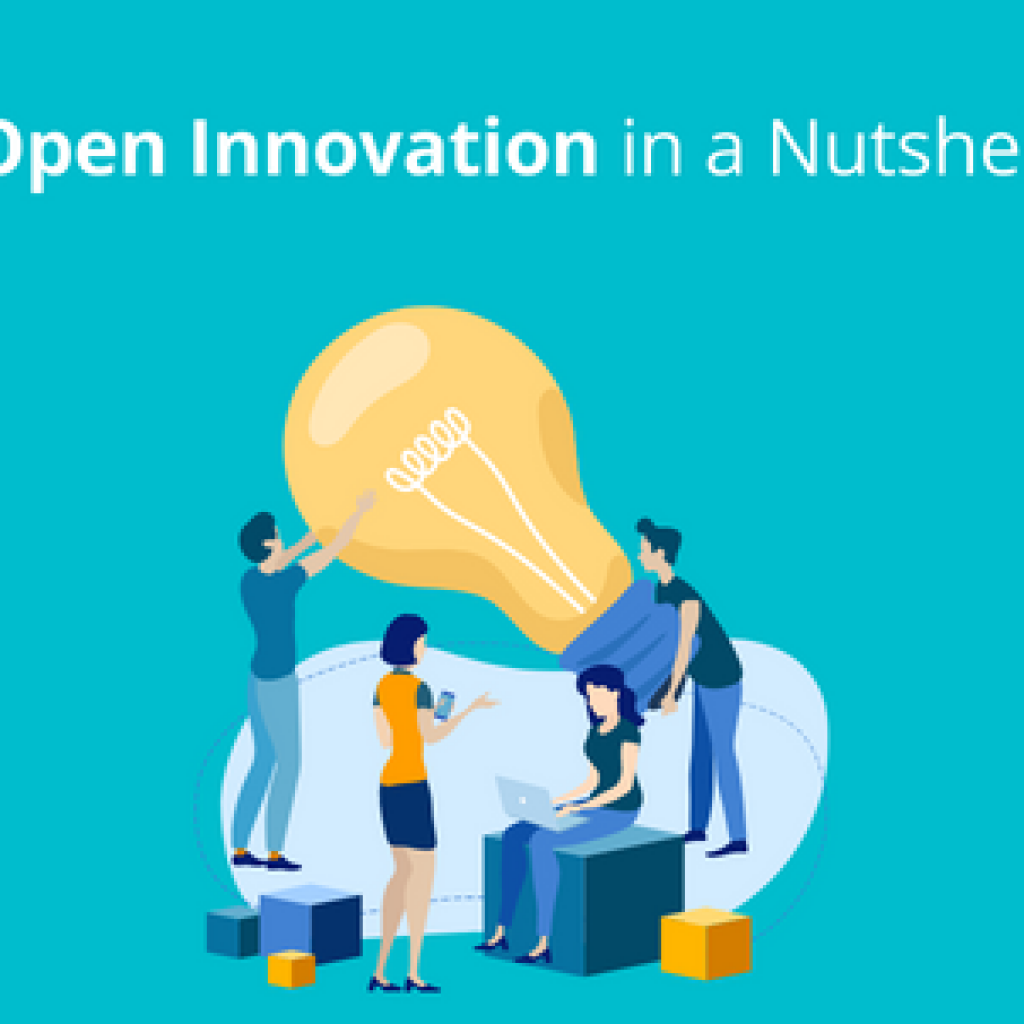The transition was far from smooth when Procter and Gamble first adopted open innovation. Internal teams, accustomed to safeguarding proprietary knowledge, conflicted with external partners over shared goals and responsibilities. Misaligned expectations led to tension, jeopardizing the innovation they sought. That was just the one of many open innovation challenges the team was about to face.
It took several steps, including redefining its approach, setting clear goals, and streamlining communication channels to align both sides and execute a successful open innovation plan.
Open innovation requires careful navigation. Organizations often fail to recognize and address these challenges early. This article outlines seven common open innovation challenges and pitfalls with practical solutions to overcome them.
Open Innovation: Key Challenges and Limitations
1. Loss of Control Over Intellectual Property (IP)
Collaborating externally comes with the risk of losing control over the company’s intellectual property. When such information is shared, the potential for IP leaks increases. This enables competitors to replicate innovations and undercut your competitive advantage.
PwC reports that 26% of global companies have experienced IP theft, demonstrating how pervasive this issue can be.
Bosch tackled this risk during an open innovation contest by sharing only essential information with external collaborators. They kept critical details in-house to protect their interests. This safeguarded their competitive advantage while leveraging external input.
How Can You Avoid This Challenge?
- Define clear IP ownership and rights in collaboration agreements.
- Use NDAs to protect proprietary information.
- Limit or anonymize sensitive ideas during collaboration.
A pharmaceutical company wanted to collaborate with startups on drug discovery. However, it hesitated to share early-stage compound details, fearing competitors might access its innovations. The company had found a potential partner linked to a competitor, raising concerns about information leaks.
GreyB addressed these concerns with a rigorous partner evaluation process:
- Partnerships and Collaborations Check: Analyzed the partner’s past and current relationships to identify potential conflicts of interest.
- Leadership Background Review: Examined leadership history for ties to competitors, IP-related issues, or any abrupt ends to prior collaborations.
- Investor and Board Analysis: Assessed whether investors or board members had connections to rival companies directly or through subsidiaries.
This evaluation allowed the client to spot potential conflicts early. As a result, they proceeded cautiously, sharing only limited information until legal protections were established. This approach safeguarded early-stage drug data, enabling secure and protected innovation.
2. Conflicting Goals Between Internal Teams and External Partners
Misaligned objectives between internal teams and external partners can significantly hinder progress. Internal teams often focus on long-term innovation, while external partners push for immediate results.
Procter & Gamble’s Fabric Care team successfully aligned internal and external priorities using “constructive disruption.” This approach allowed them to innovate while focusing on long-term sustainability goals, contributing to a 6% average organic sales growth from 2020 to 2023.
How Can You Avoid This Challenge?
- Build cross-functional teams that integrate internal and external expertise.
- Regularly communicate strategic objectives to ensure shared understanding.
- Adjust priorities dynamically to ensure both long- and short-term needs are met.
This study outlines a clear roadmap for companies to manage collaborations. The guide features selected industry best practices and strategies to accelerate innovation goals.
3. Over-Reliance on External Innovation Weakening Internal R&D
An overreliance on external innovation can stifle in-house creativity. This reduces a company’s ability to innovate independently. When internal teams depend too much on external contributions, their expertise and long-term innovation capabilities diminish.
Apple is an excellent example of balancing internal and external innovation. It maintains a robust internal R&D culture while collaborating with external partners. This ensures that key decisions remain with internal domain experts. This approach promotes both in-house innovation and valuable external input.
How Can You Avoid This Challenge?
- Balance internal R&D with external innovation efforts.
- Encourage collaboration between internal and external teams.
- Continuously invest in skill development for internal teams.
In another case, a reputed manufacturing company grew dependent on external innovation from tech startups and universities to develop advanced materials. As a result, its internal R&D department lacked confidence in taking independent initiatives.
To address this, GreyB recommended a monthly newsletter on key industry innovations, workshops on emerging trends, and identification of whitespace opportunities. These helped reignite the team’s creativity and gave them the confidence to innovate independently.
4. Misalignment Between External Innovations and Market Needs or Company Strategy
If not aligned with market needs or the company’s strategic goals, innovation efforts lead to wasted resources and failed product launches.
Bristol-Myers Squibb (BMS) has adopted a deliberate, structured approach to its innovation partnerships. While BMS has reaped considerable benefits from collaborations, the company recognized the importance of aligning these partnerships closely with its strategic goals. As a result, twelve out of their twenty blockbuster medicines came from these collaborations.
60% of our current development pipeline is externally sourced, bringing significant external innovation to complement our internal capabilities and innovation.
– Bristol-Myers Squibb
Deloitte reports that companies aligning open innovation with market goals experience a 20% higher success rate in product launches.
How Can You Avoid This Challenge?
- Conduct thorough market research to validate external innovations.
- Align innovation initiatives with both market demands and strategic goals.
- Regularly review and adjust strategies to stay aligned with market changes.
By doing so, organizations can enhance their ability to bring innovations that meet customer needs and support the company’s strategic direction.
5. Resistance to Change and Lack of a Collaborative Innovation Culture
Internal teams often hesitate to adopt new approaches, fearing disruption or uncertainty.
McKinsey reports that 70% of transformation efforts fail due to employee resistance and lack of leadership support.
A prime example of overcoming this challenge comes from LEGO. Instead of opposing external input, LEGO embraced the contributions of customers who modified their Mindstorms robotics kits. They turned these insights into a significant product re-launch. This collaborative approach led to the success of the Mindstorms NXT series.
“Part of our innovation process is that everyone is present and part of the discussions. We talk about the risks from a supply chain point of view so that everyone is aware of what is coming up.”
– Erik Hansen, Senior Director, Technology & Open Innovation, LEGO.
How Can You Avoid This Challenge?
- Celebrate early wins to build buy-in for new innovation methods.
- Communicate the benefits of open innovation clearly to all stakeholders.
- Create incentives for employees to participate actively in innovation efforts.
6. Managing Diverse Partner Relationships
Managing relationships with a diverse range of external partners can be challenging. Differences in organizational culture and communication styles also lead to friction.
McKinsey reports that 25% of partnerships fail due to these cultural differences, making it critical to address them proactively.
One of Huawei’s LTE-M projects involved diverse partners with different expectations and approaches. By fostering open communication and problem-solving, Huawei successfully navigated these challenges and completed the project ahead of schedule.
How Can You Avoid This Challenge?
- Foster open dialogue and active listening across all partnerships.
- Address conflicts quickly and constructively.
- Build trust-based relationships to ensure the success of long-term collaboration.
7. Difficulty Measuring Success of Open Innovation Efforts
Measuring the impact of open innovation is challenging. Traditional metrics like revenue growth often fail to capture the total value of external collaborations.
According to the Mack Institute, this lack of clarity can make it difficult to understand the true value of Open Innovation efforts.
ScienceDirect recommends using a modular fuzzy rule-based system to evaluate a company’s “openness” to innovation based on various critical factors. This structured approach allows companies to make more informed decisions, even with limited data.
How Can You Avoid This Challenge?
- Define clear success metrics upfront, such as strategic impact or time-to-market.
- Regularly assess progress against these metrics.
- Gather feedback from stakeholders to adjust strategies as needed.
In a similar case, a biotech company faced challenges measuring the effectiveness of its open innovation efforts. Previously, it relied on generic metrics like revenue growth, which did not accurately reflect its contributions.
GreyB conducted an industry analysis and designed specific parameters to assess the company’s open innovation efforts. These included time-to-market, collaboration impact, and product’s Technology Readiness Level (TRL). This approach provided clearer insights into their initiatives’ actual value and success beyond generic metrics like revenue growth.
Conclusion
These cases illustrate the importance of carefully structured innovation partnerships to optimize the outcomes of external innovation efforts and enhance resilience in shifting markets. Drawing from industry experience, these solutions are designed to help organizations secure the benefits of open innovation without compromising their core assets.
GreyB specializes in helping businesses navigate the complexities of innovation and intellectual property.
Partnering with a team like GreyB’s ensures you uncover growth opportunities, safeguard your IP, and stay ahead in today’s competitive landscape. Our deep expertise in technology scouting, competitive analysis, and market research empowers you to make informed decisions with confidence. We don’t just offer insights—we provide actionable strategies tailored to your unique needs, ensuring your innovation efforts are not only protected but also strategically aligned with the future.
GreyB understands the complexities of staying ahead in today’s innovation landscape. We’re passionate about treating your challenges as our own, and our mission is to uncover the most valuable opportunities for your business.
Reach out to explore how we can collaborate on your next big move.
Authored By: Ridhima Mahajan, Market Research
Also Read: Patent Landscape Analysis: A Roadmap to Business Opportunities









